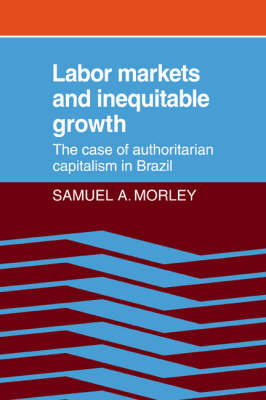Brazil is one of the world's best-known examples of inequitable growth. Since 1964 its military government has used a trickle-down development strategy that relies on the private market and high profits for owners of capital and at the same time relies on holding down wages of the unskilled and neutralizing the power of labour unions. Although this strategy did result in an impressive amount of economic growth, it has been harshly criticized for its unfairness. The general consensus is that most of the benefits of growth went to the rich, precious few to the poor. This study, first published in 1982 challenges the majority view. It shows that the poor benefited far more from growth than the income distribution statistics seem to imply. Despite appearances, the economy was a highly dynamic one for all groups. Job creation more than kept pace with the growth of the labour force, and most of the jobs created were good ones, rather than make-work employment in the informal sector.
- ISBN13 9780521074698
- Publish Date 28 August 2008 (first published 28 February 1983)
- Publish Status Active
- Out of Print 25 May 2021
- Publish Country GB
- Imprint Cambridge University Press
- Format Paperback (US Trade)
- Pages 336
- Language English
